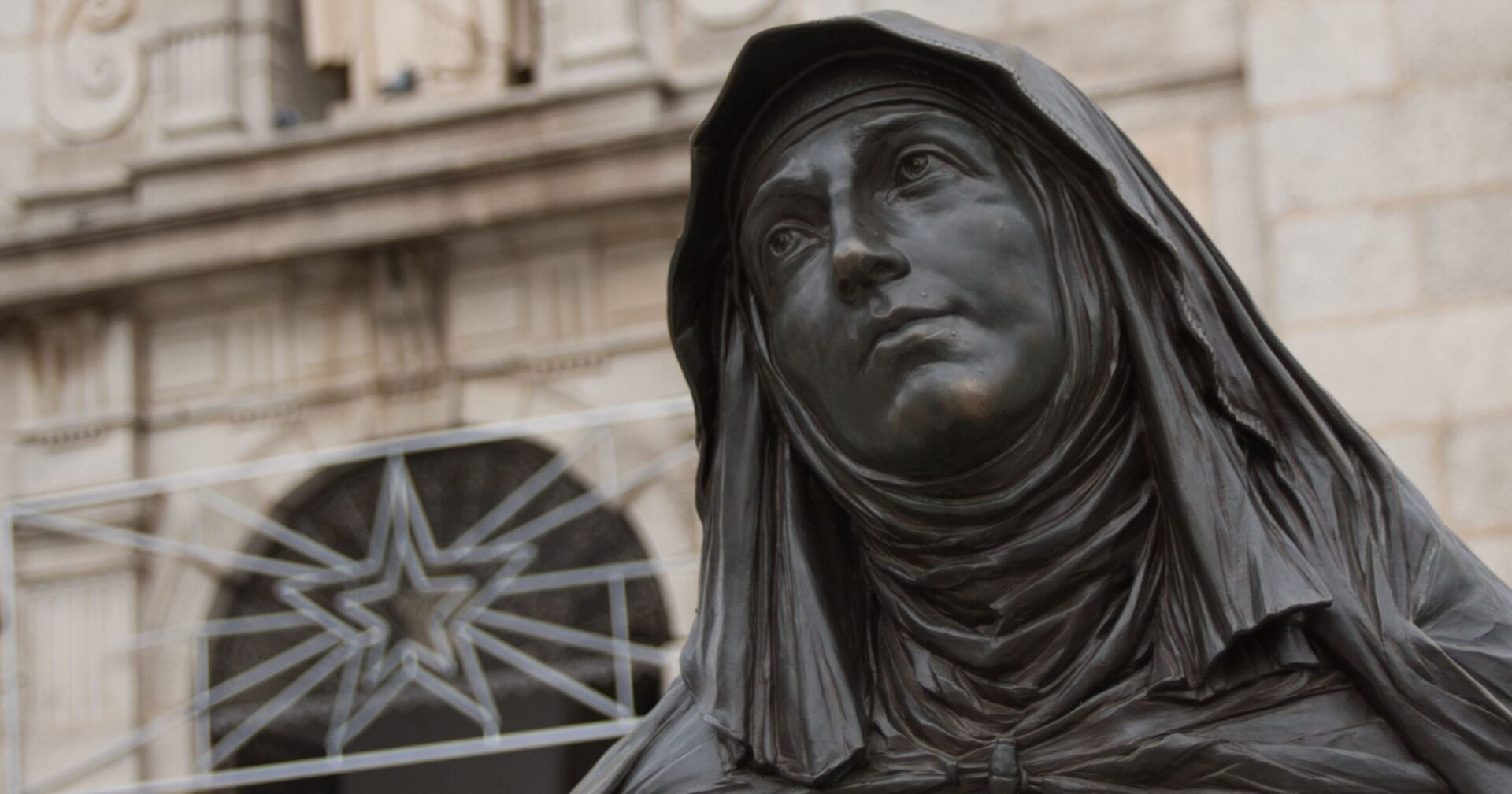When Saint Teresa of Avila died on October 4th, 1582, Catholics everywhere went to bed that night and woke up 10 days later.
Saint Teresa of Avila was the famous Spanish mystic, author, and theologian who reformed the Carmelite Order and founded the Order of Discalced Carmelites with Saint John of the Cross. So pious a life she lived she earned the relatively rare distinction of Doctor of the Church in 1970, the first female to be named so.
How can it be that when Saint Teresa died on October 4th, 1582, ten whole days were lost to the world? It’s not a miracle, but actually a piece of saintly trivia involving the history of why Easter is on a different day every year.
Since the Council of Nicaea in 325 A.D., the date of Easter was set on the Sunday after the first full moon following the spring equinox. When the date was set, the spring equinox was March 21st on the Julian calendar.
“At this meeting the question concerning the most holy day of Easter was discussed, and it was resolved by the united judgment of all present that this feast ought to be kept by all and in every place on one and the same day” – Life of Constantine (III, xviii sq.)
However, the Julian calendar was inaccurate: a year in the Julian calendar was about 11 minutes too long, which meant by 1582 the spring equinox drifted backwards to March 11th. Celebrating Easter on the wrong day was a scandal within the Church, so Pope Gregory XIII instituted the Gregorian calendar the majority of the world uses today.
On the 24th of February in 1582, Pope Gregory XIII signed the papal bull Inter Gravissimus, that would remove 10 days from the calendar, between October 4th and 14th, to correct the drift of the equinox. To prevent it from drifting again, leap days of century years were removed if they were not divisible by 400 e.g. 2000 had a leap year, 1900 did not.
“At the Council of Nicaea in 325, all the Churches agreed that Easter, the Christian Passover, should be celebrated on the Sunday following the first full moon (14 Nisan) after the vernal equinox. the reform of the Western calendar, called “Gregorian” after Pope Gregory XIII (1582), caused a discrepancy of several days with the Eastern calendar.” – Catechism of the Catholic Church 1170
Saint Teresa of Avila’s death happened to coincide with this time shift, meaning the day after her death on October 4th of 1582 was October 15th.
“My Lord, it is time to move on. Well then, may Your will be done. O my Lord and my Spouse, the hour that I have longed for has come. It is time for us to meet one another.”
Editorial credit: Molinari / Shutterstock.com


















Aloha Thanks the lord 🙏for another Day🤙✝️🙏